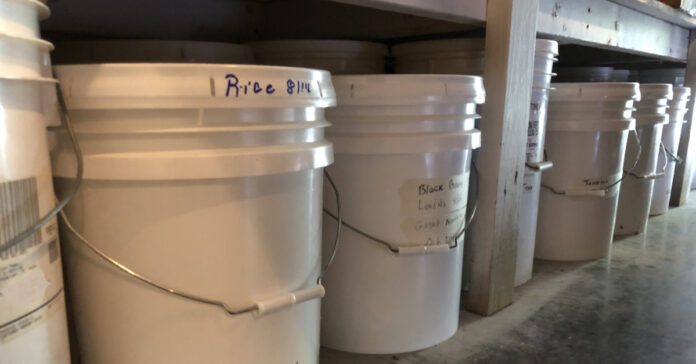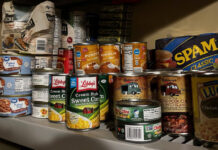
According to data from the UN Food and Agriculture Organization, people in North America get on average 38.4 percent of their protein from meat, 16 percent from dairy, 4.5 percent from eggs and just under 4 percent from fish. That leaves just 37.2 percent of our protein coming from plant sources.
In a long-term grid-down disaster scenario, expect that ratio to change. Unless you own a dairy cow or goats, no more dairy. Unless you have livestock or live near a farmer or rancher, there will be little or no meat. (Hunting is expected to quickly reduce wild animal levels, as it did in the Great Depression.) That means you have to store your protein in your prepper pantry.
Have you priced freeze dried meat lately? I did, and hamburger was $20 to $25 per pound. This is why I stock canned meat, which is usually less than $5 per pound. Either way, I expect we’ll be getting more protein from beans than we do meat after the SHTF.
The good news from the article is that diets with far more protein from plants are not only possible, they are not uncommon. In Asia, for example, 15.7 percent of their protein comes from meat and 65 percent from plants. In Africa, 77 percent of their protein comes from plants.
Make sure you have wheat, rice, and beans in your storage and plenty of bean seeds for your garden. You might need it.
Published 5/27/2024. Read full article.






